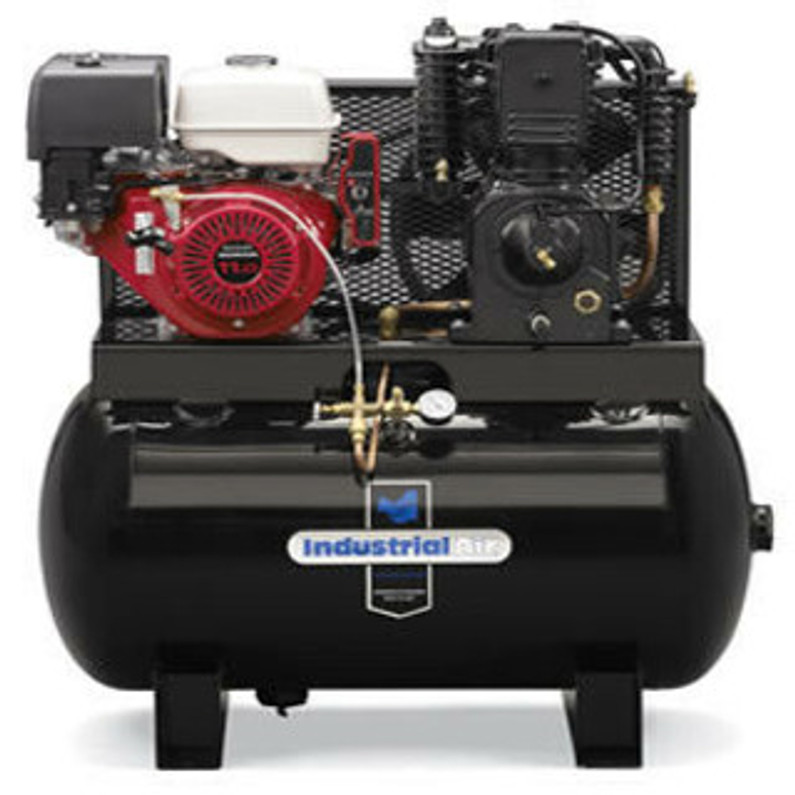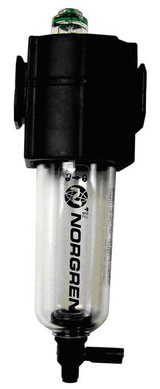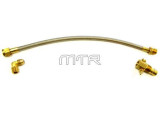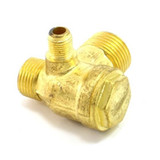10 Steps to Service Your Air Compressor Pump
If you own an air compressor, it's important to regularly service its pump to ensure optimal performance and extend its lifespan. Regular maintenance can help prevent breakdowns and keep your air compressor running smoothly. In this blog post, we will provide you with a step-by-step guide on how to service your air compressor pump, along with a maintenance checklist to help you keep your equipment in top condition.
Step 1: Safety First
Before starting any maintenance work on your air compressor pump, always prioritize safety. Make sure the air compressor is turned off and unplugged, and that the pressure in the tank is released. Wear appropriate personal protective equipment (PPE), such as gloves, safety goggles, and earplugs, to protect yourself from potential hazards.
Step 2: Read the Manufacturer's Manual
Every air compressor pump is unique, so it's essential to read and understand the manufacturer's manual thoroughly. The manual will provide you with specific instructions on how to service and maintain your particular air compressor pump, including recommended maintenance intervals, lubrication requirements, and safety precautions. Make sure to follow the manufacturer's recommendations to avoid voiding any warranties or causing damage to your equipment.
Step 3: Clean the Pump
Dust, dirt, and debris can accumulate on the pump's exterior, which can affect its performance. Use a soft brush or compressed air to clean the pump's surface, including the air intake filter, cylinder fins, and cooling fins. Avoid using water or harsh chemicals as they can damage the pump.
Step 4: Inspect the Belts
Belts and pulleys are critical components that drive the air compressor pump. The belts in your air compressor pump are critical for transferring power from the motor to the pump. Check the belts and pulleys for any signs of wear, such as cracks, fraying, stretching, or misalignment. Replace any damaged belts or pulleys promptly to avoid equipment failure. Ensure there is no more than a ½” worth of deflection in the belt when pressing down at the center point between the flywheel and the pulley.
Step 5: Check and Tighten Connections
Inspect all connections, including hoses, fittings, and bolts, for any signs of leaks or loosening. Tighten any loose connections to prevent air leaks that can affect the performance of your air compressor pump.
Step 5: Check the Oil
Many air compressors require oil to lubricate the pump for smooth operation. If yours does, check the oil level using the dipstick or oil sight glass and add oil if needed. Additionally, inspect the oil for any signs of contamination, such as metal shavings or a milky appearance, which may indicate a problem with the pump. If the oil is dirty or contaminated, replace it following the manufacturer's recommendations.
Click here to view and purchase the recommended oil for your air compressor.
Step 6: Inspect the Hoses and Fittings
Check all hoses and fittings connected to the pump for leaks, cracks, or signs of wear. Tighten any loose fittings and replace any damaged hoses or fittings to prevent air leaks, which can decrease the efficiency of your air compressor.
Step 7: Clean or Replace the Air Filter
The air filter prevents dust and debris from entering the pump and helps maintain clean airflow. Clean or replace the air filter based on the manufacturer's recommendations or if it appears dirty. A clogged air filter can strain the pump and decrease its performance.
Step 8: Check the Valves
The valves in your air compressor pump control the flow of air and play a crucial role in its operation. Inspect the intake and discharge valves for any signs of wear or damage. If you notice any issues, such as bent or broken valves, replace them promptly to ensure the proper functioning of the pump. The pressure relief valve is a safety feature that protects your air compressor pump from over-pressurization. Test the pressure relief valve periodically to ensure it's functioning correctly and replace it if necessary.
Step 9: Clean the Cooling System
If your air compressor pump is equipped with a cooling system, such as a radiator or a heat exchanger, clean it regularly to remove dust and debris that can accumulate and reduce cooling efficiency.
Step 10: Drain Moisture From the Tank
Moisture can accumulate in the air tank, leading to corrosion and reduced efficiency. Drain the moisture from the tank as per the manufacturer's instructions to prevent any damage.
Maintenance Checklist:
Clean the pump's exterior, including the air intake filter, cylinder fins, and cooling fins.
Inspect the belts and pulleys for wear and replace if necessary.
Check and tighten connections.
Check the oil level and quality, and replace if dirty or contaminated.
Inspect hoses and fittings for leaks or damage, and tighten or replace as needed.
Clean or replace the air filter.
Check the valves for wear or damage, and replace if necessary.
Remember to always refer to your air compressor's manufacturer's manual for specific maintenance instructions and recommended service intervals.
Regular maintenance is essential for keeping your air compressor pump in optimal condition. By following the steps outlined in this guide and keeping up with the maintenance checklist, you can ensure that your air compressor pump operates efficiently and has a longer lifespan, saving you time and money in the long run.
Recent Posts
-
Part of the Week: Understanding the In-Line Lubricator
Welcome back to our Part of the Week series, where we delve into the world of air compressor part …Apr 30, 2024 -
Part of the Week: Unveiling the Vital Role of Transfer Tubes in Air Compressors!
Welcome back to Master Tool Repair's Part of the Week series! This week, we're shining a spotligh …Apr 22, 2024 -
Part of the Week: The Mighty Check Valve
Welcome to our new "Part of the Week" series! This week, we're shining the spotlight on a crucial …Apr 16, 2024




